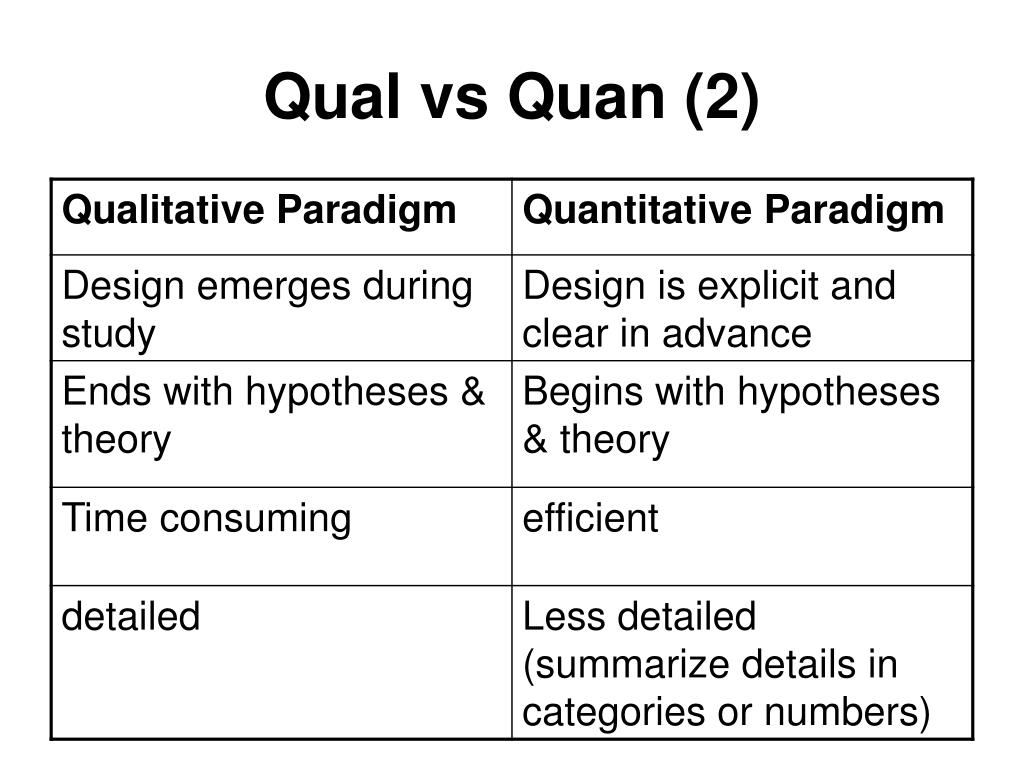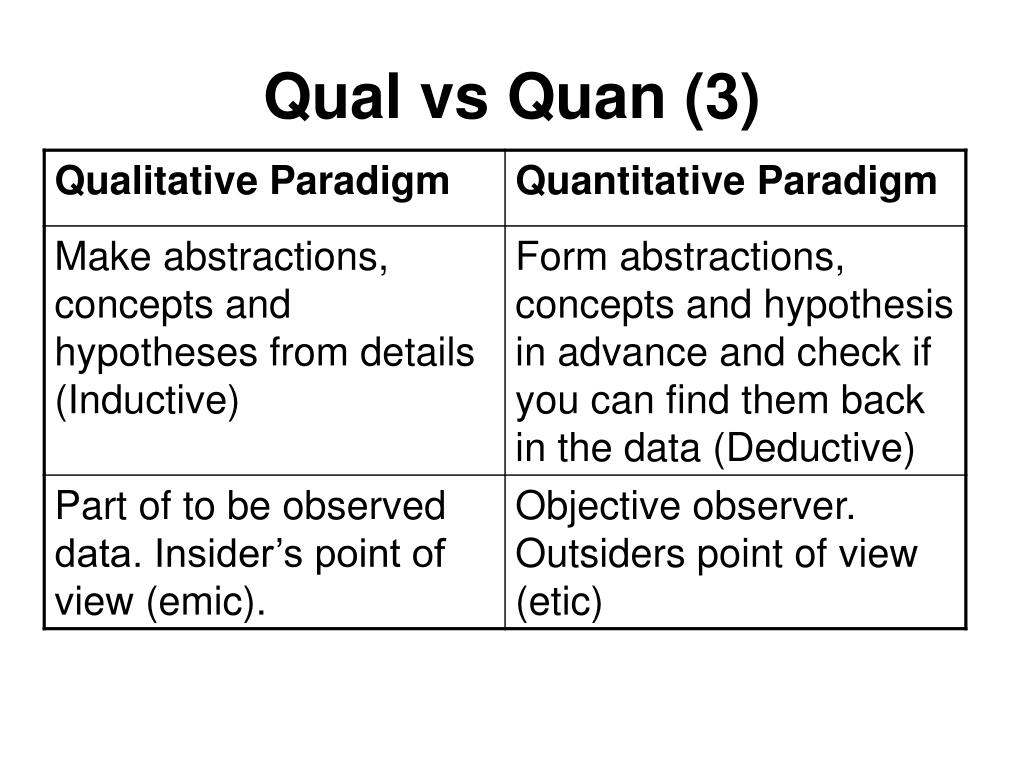
It’s also the best way to protect your site during a radical redesign. Research is essential to both approaches. You don’t have enough traffic to get the data necessary to run A/B tests You hit the 'local maxima' for your site-the point at which you’ve exhausted all iterative opportunities Your company makes a major shift in product or brand Still, there are some situations when a major redesign is necessary: If you can stick to iterative redesigns, you’re less likely to spend hundreds of thousands of dollars on a website that performs worse- maybe way worse. The difference between a major redesign and those small changes is known as a ‘radical’ versus ‘iterative’ redesign. If you’ve spent years making minor, data-backed changes to your site, you can quickly throw them away with a big redesign. Too often, the decisions around a redesign are made by the highest paid person. But that’s not how it works, and why lists of conversion optimization ‘best practices’ are pretty useless. On the surface, conversion optimization may seem simple: tweak a button color, change a call-to-action, and reap profits. That backbone supports six- and seven-figure business decisions like UX choices for major site relaunches and copy choices for million-dollar ad campaigns. Why quantitative and qualitative user research is important: 3 use cases Instead of making changes or focusing tests on what the quantitative and qualitative data insights suggest, you test ideas based on intuition-and when you do so, fewer tests will generate a ‘lift’, wasting time and money. When you want to improve and optimize your website, narrative fallacies undermine your work. The bounce rate could be high because your tracking isn’t working well, the page has fewer internal links, the headline is confusing, or a hundred other reasons. We should get new hero images.' That’s a narrative fallacy: a conclusion drawn without data. I bet it’s because the image we’re using isn’t very interesting. 'The bounce rate is really high for this service page. Without qualitative research, you risk creating narrative fallacies that try to explain the why when there’s no data to support it. Mailchimp delivers stats on clicks and open-rates but tells you nothing about the particular word or phrase in your subject line (or something else) that inspired the open. Google Analytics tells you how many organic visitors came to your site but not why they clicked on your search result Why is it useful to ask both types of questions? Because quantitative data usually answers the what but not the why: Using qualitative and quantitative sources together

For example, you may send out a standard Net Promoter Score survey to customers that includes both quantitative questions (e.g., how likely are they to recommend your product on a 0 to 10 scale) and qualitative questions (e.g., what is the reason for their score). Not every source of research is quantitative or qualitative. The answers describe the frustrations and desires of your target audience. You can learn about common pain points of your buyers or which product features are most interesting to them. Qualitative sources include research methods like open-ended customer surveys.

Using GA and other traditional web analytics tools, you can see the raw number of visitors who came to your site, or the percentage of visitors who converted into leads or sales.

Essentially, quantitative research gives you hard data, while qualitative helps you explore more in-depth ideas.įor digital marketers, a common quantitative source is Google Analytics. Qualitative research relies on the observation and collection of non-numerical insights such as opinions and motivations. Quantitative research is designed to gather data points in measurable, numerical form. The difference between quantitative and qualitative research
Qual vs quant how to#
How to get buy-in for user research-no matter what kind you need to do The difference between qualitative and quantitative researchģ+ use cases for quantitative and qualitative user researchĤ quantitative methods for research & what you’ll learnģ qualitative research methods & what you’ll learn from them


 0 kommentar(er)
0 kommentar(er)
